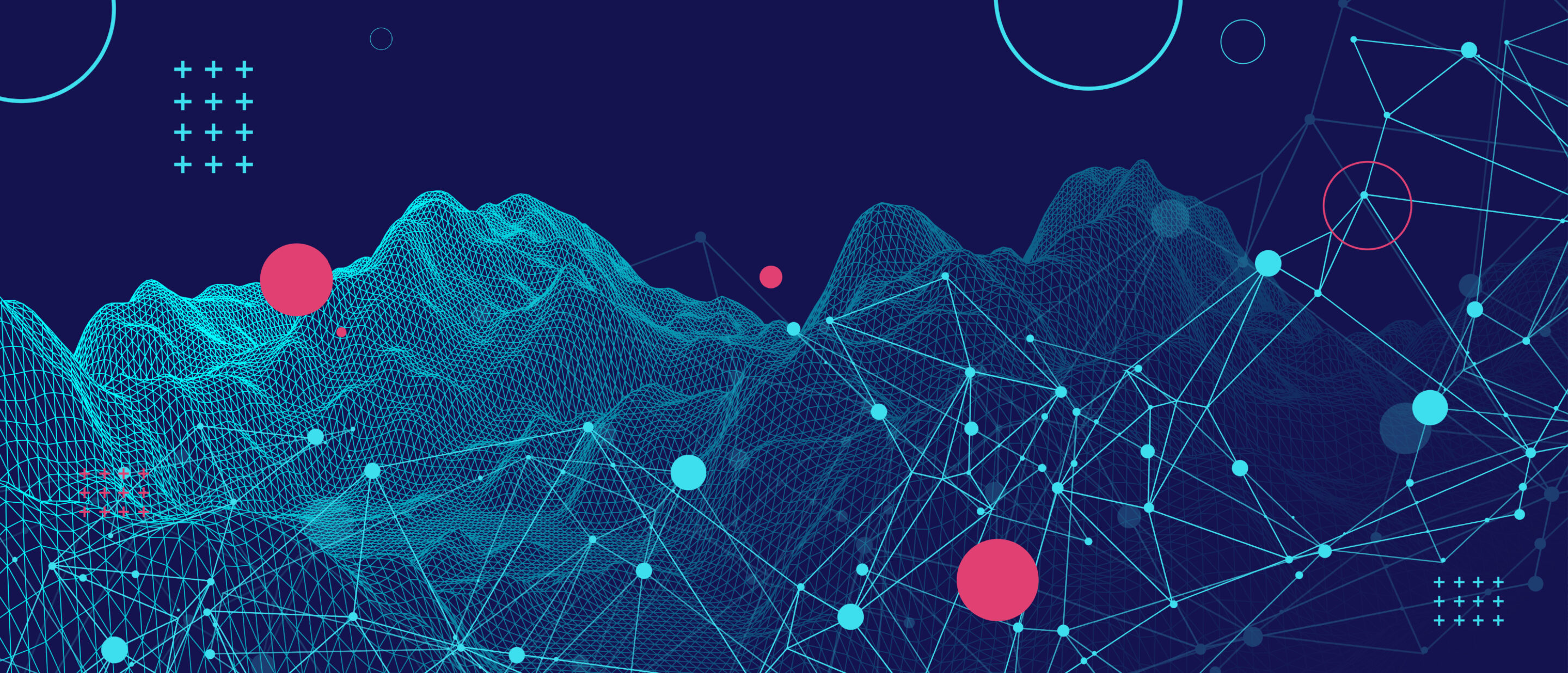
Have you ever tried to learn something, maybe in a textbook or an online lecture, but not been able to fully grasp the concept until you saw a visual representation? If so, you’re not alone. According to the Social Science Research Network, 65% of people are visual learners. That’s why data visualization is so important — especially for businesses.
Data visualization is a way to represent data in graphs, charts, maps, and infographics. After all, data points in a database in the cloud only go so far. With data visualization, you can spot trends and relationships in large datasets by sight. Companies that collect large amounts of data for processing use these insights to make business decisions that change their course of their future.
While there are tons of tools on the market for data analysis, Tableau is one of the best platforms for business intelligence.
What is Tableau?
Tableau is a modern analytics platform owned by Salesforce that specializes in data visualization for businesses (though Tableau can be used for all kinds of fascinating visual analysis). It can work with almost any type of data and with the drag-and-drop interface, it’s extremely easy to use.
Why is Data Visualization Important?
Data visualization is a strong tool that can drive consensus in orgs and help executives make better business decisions. It can be used to analyze the market from different perspectives, evaluate risk, examine correlations between data points, and view data trends over time. None of these things alone drive business decisions, but they all contribute to making informed choices.
Business intelligence is used by product managers, designers, marketers, sales reps, and leaders alike to shift strategies. With more customer data that can be easily (and visually) synthesized, companies can better cater to their users.
What is Data Visualization Used For?
As an abstract concept, using data visualizations to make business decisions sounds great, but how does it actually work in action? Let’s look at some examples from Tableau’s blog post on real world big data use cases.
Improving Patient Healthcare
Providence St. Joseph was able to collect raw, unstructured data from a multitude of sources and analyze it using data visualization in Tableau. Using the data analysis tool, they built data dashboards that showed clinicians information about the quality and cost of care. The results gave them a bird’s eye view into when their patients would need care, what kind they would need, and helped them identify ways to reduce healthcare costs.
Analyzing Data in Realtime for Finance
The financial industry moves fast. Companies need to be able to assess risk, predict behavior of markets, and make fast decisions. Typically, tons of money is on the line. MoneySQ was able to use Tableau to visually track real-time data, which helped them make financial decisions. Before Tableau, it would take days to gather and analyze the data they needed. Using Tableau improved their ability to collaborate, communicate, and make decisions for their business.
Reducing Waste in Manufacturing
With the Internet of Things (IoT), it’s now commonplace for machines to be connected to the Internet and generating data. Many companies leverage this data to figure out how to reduce operational costs and waste. Coopers Brewing did just that using Tableau. With all the data they collected from their machines, they were able to predict the likelihood that a machine would need maintenance in the future. This meant they could get ahead of fixing broken machines so no waste occurred during production.
Want a Career in Data Visualization?
Do you love data analysis and have a creative streak? Data visualization could be the right career choice for you. Work in data visualization involves working with big data, understanding business goals, and pushing for a data-driven culture.
On top of an interesting career, people working in data visualization report making over $78,000 a year on average, according to Glassdoor. Enroll in our Data Visualization Nanodegree program today to get started.






